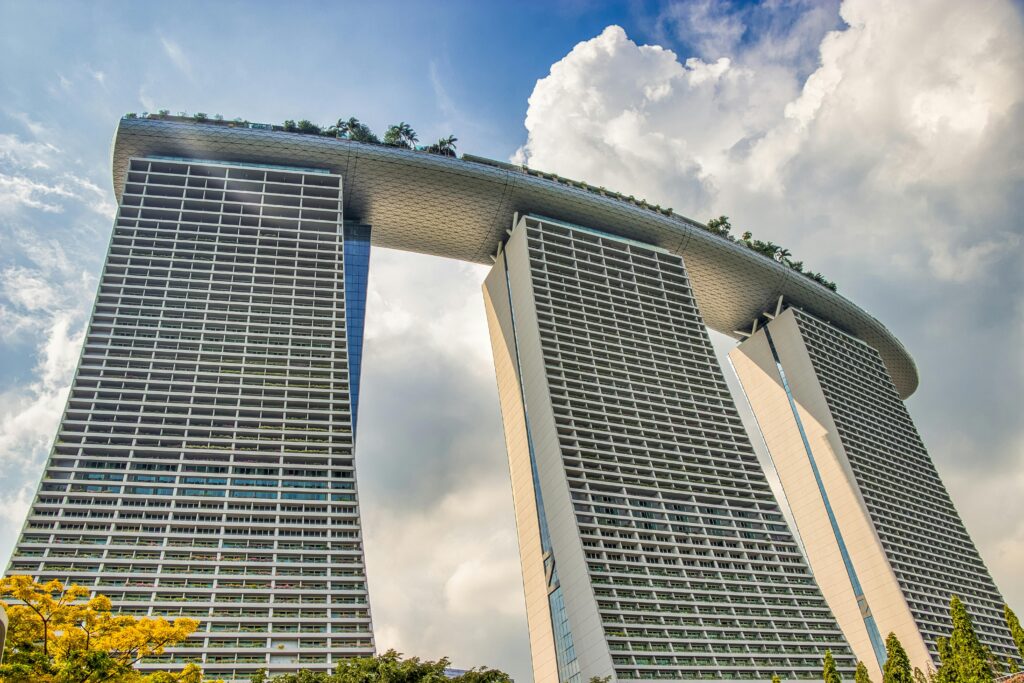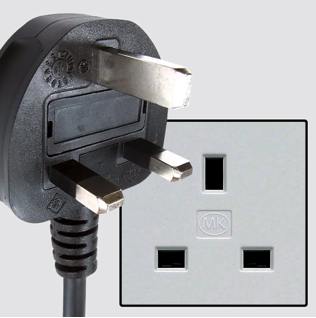Singapore / Republik Singapura / 新加坡共和国 / சிங்கப்பூர் குடியரசு – Let’s explore here
What’s it like in Singapore?
Singapore is a very small, vary flat country in south eastern Asia, on the southern tip of mainland Malaysia. It actually consists of one main island, which is a city-state, and over 60 smaller islands. The highest point is Bukit Timah Hill, at 538 ft (164 m) above sea level.
The population of Singapore is six million people (2024), making it the second most densely populated country on earth. It relies heavily on its tax haven status, and more than two in five of the workforce are expatriates.

A bit about the history of Singapore
Early History and British Colonisation
Singapore’s history dates back to the 14th century when it was known as Temasek, a trading port in the region. It became part of the Malay Sultanate of Johor before the Portuguese arrived in the 16th century. In 1819, Singapore was founded as a British trading post by Sir Stamford Raffles. Its strategic location on the Strait of Malacca made it a key port for British trade, and it quickly became an important part of the British Empire.
World War II and Japanese Occupation
During World War II, Singapore fell to Japanese forces in 1942 after a brief battle. The Japanese occupation of Singapore lasted until 1945, during which the local population suffered greatly under Japanese rule. After Japan’s defeat, the British reoccupied Singapore.
Path to Independence
Following the war, Singapore’s political landscape began to change. It was granted self government in 1959 and became a fully self governing state within the British Empire. In 1963, Singapore joined the Federation of Malaysia, but tensions between the Singaporean and Malaysian governments led to Singapore’s expulsion from the federation in 1965. Singapore became an independent republic on August 9, 1965.
Modern Growth and Development
After independence, Singapore faced significant challenges, including a lack of natural resources, ethnic tensions, and a high unemployment rate. However, under the leadership of its first prime minister, Singapore rapidly transformed into a global financial hub through a focus on industrialisation, trade and foreign investment. The government promoted economic development, created a strong infrastructure, and improved education and healthcare, all contributing to rapid economic growth.
Global Influence
By the late 20th century and into the 21st century, Singapore had become one of the wealthiest nations in the world in terms of GDP per capita. Its economy remains largely dependent on trade, finance and manufacturing. The city-state also developed a reputation for strict laws, efficiency and low corruption.


Singapore road trip
We haven’t finished our planning for our road trip through Singapore yet. When we do though, we’ll post it here, and in the blog.
Hopefully our journey will improve our knowledge of this intriguing and beautiful country, and enable us to meet some interesting people. We’ll be updating this page at that time – don’t forget to check back 🙂
Map of Singapore

What’s it like to drive in Singapore?
They drive on the left hand side of the road in Singapore. Road conditions are generally quite good, as are driving standards.
Do you require an international driving permit in Singapore?
We’ve created a dedicated page to driving abroad, which answers this question, and more, which you might find helpful.
Can you use your UK driving license when driving through Singapore?
We’ve created a dedicated page to driving abroad, which answers this question, and more, which you might find helpful.
Do I need a carnet de passages to drive in Singapore?
A carnet de passages is required to overland in Singapore. We’ve created a dedicated page to driving abroad, which answers this question, and more, which you might find helpful.
What currency do they use in Singapore?
In Singapore they use the Singapore Dollar, although the Brunei Dollar is also widely accepted. Cash is widely used. The use of credit / debit cards is widely accepted. Travellers cheques are readily accepted. There are many ATMs in the country.
You should make yourself aware of the amount that your bank charges you for using credit and debit cards abroad. Often credit cards are cheaper for purchasing items directly, and for withdrawing cash from ATMs.
What language do they speak in Singapore?
They speak English, Malay, Tamil and Mandarin.
What time zone is Singapore in?
Remember, when you’re planning your next trip to take a look at what time zone it’s in.
Do I need a visa to visit Singapore?
We’ve created a dedicated, more comprehensive page on visas, which you should find helpful. Check it out!
Is wild camping legal in Singapore?
No, wild camping is illegal in Singapore.
What plug / socket type do they use in Singapore?

In Singapore they use plug / socket type G.
Health issues in Singapore
Is it safe to drink water in Singapore?
Yes, it is safe to drink tap water in Singapore. Bottled water is also readily available throughout the country.
What vaccinations are required for Singapore?
This NHS website is kept up to date with all relevant information on vaccinations in Singapore.
Phones in Singapore
What is the country calling code for Singapore?
The country calling code for Singapore is +65
What are the emergency phone numbers in Singapore?
- The emergency number for police in Singapore is: 999 / 112 / 911
- In Singapore, the emergency number for ambulance is: 995 / 112 / 911
- The emergency number for fire in Singapore is: 995 / 112 / 911
If you’ve got some useful info that you’d like to share, let us know!
And don’t forget to check out all the other pictures!
